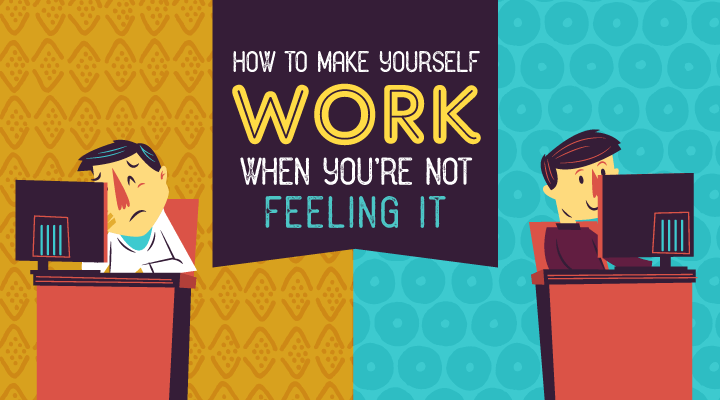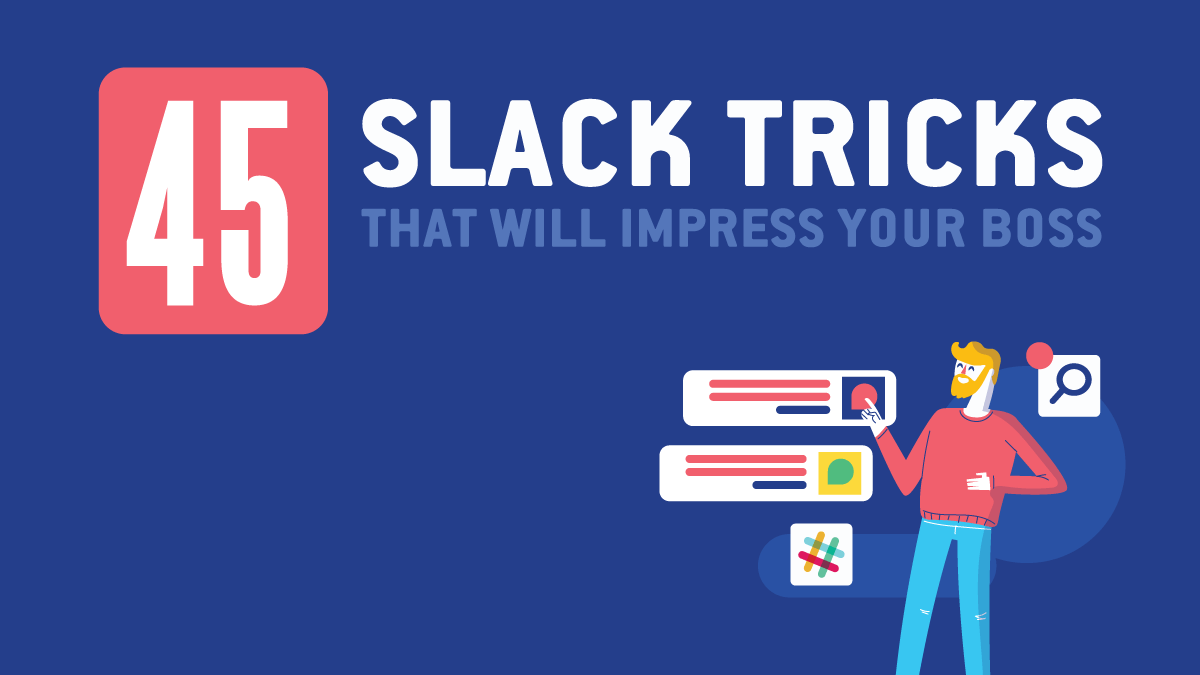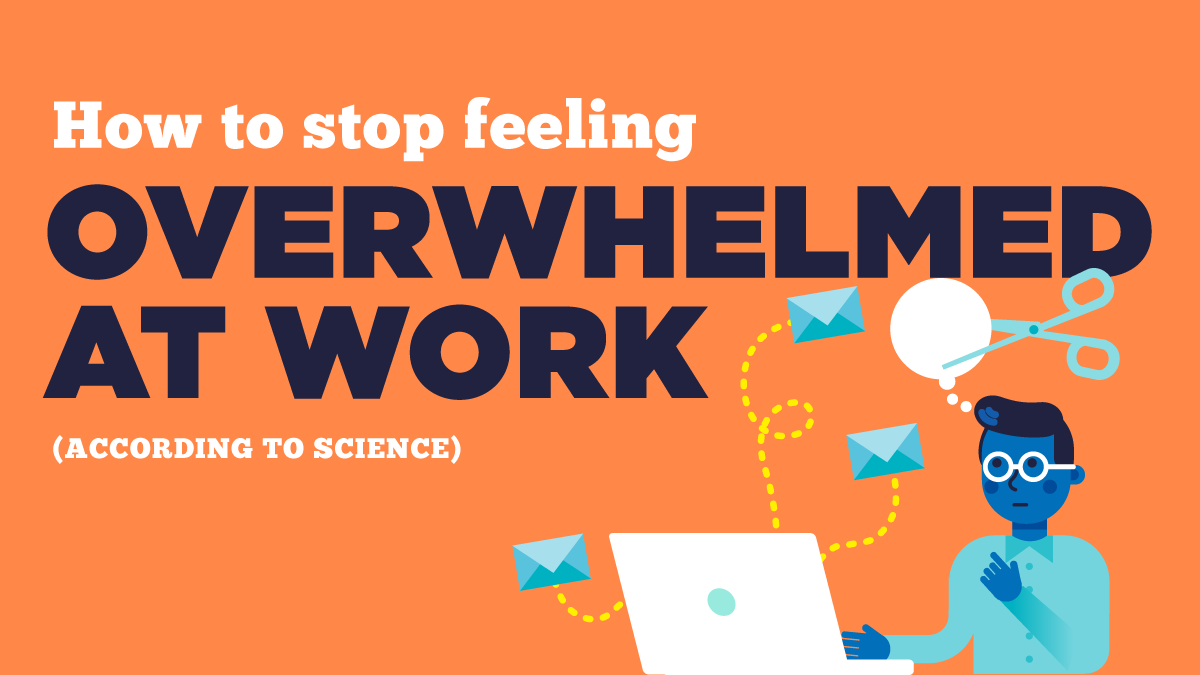 The hardest part of work is getting started.
The hardest part of work is getting started.
It’s never been easy — there’s something about human nature that makes many of us wait and wait for the ‘perfect moment’ to open that Word doc or switch on the phones. However, science has shown that today’s plugged-in workforce genuinely has a tougher challenge than our ancestors.
Researchers at the University of London discovered that the barrage of emails, instant messages and phone calls we receive each day can effectively reduce our IQ as much as a sleepless night and twice as much as cannabis use. And that’s just the external pressure. Inside, feelings of boredom and frustration can hold us back from taking the first step each working day, even if we know it’ll becomes much easier once we find our flow.
So rather than beginning what feels like yet another day’s work, splitting your work into separate tasks and defining today’s workload as a discrete project can create a feeling of purpose. This is just the dawn of your new start — our new infographic provides a raft of further scientifically-tested methods to get you working when procrastination keeps on getting the best of you. Find the solution that works for you, and your productivity should rise as fast as your morale.

Dai, H. (2013). The Fresh Start Effect: Temporal Landmarks Motivate Aspirational Behavior. Informs.org
Salamone, J. The Mysterious Motivational Functions of Mesolimbic Dopamine.
Kraft TL. (2012). Grin and bear it: the influence of manipulated facial expression on the stress response. nih.gov
Psychological Science. (2016). Power Posing . sagepub.com
Field, T. (2004). CORTISOL DECREASES AND SEROTONIN AND DOPAMINE INCREASE FOLLOWING MASSAGE THERAPY. tandfonline.com
Xu, Z. (2015). Just Do It! Reducing Academic Procrastination of Secondary Students. weebly.com
Wright, B. (2004). The Role of Work Context in Work Motivation: A Public Sector Application of Goal and Social Cognitive Theories. oxfordjournals.org
Rogers, T. (2014). Commitment Devices Using Initiatives to Change Behavior. harvard.edu
Haslam, S. (2000). Social Identity, Self-categorization, and Work Motivation: Rethinking the Contribution of the Group to Positive and Sustainable Organisational Outcomes. wiley.com
Akers, A. (2012). Visual Color Perception in Green Exercise: Positive Effects on Mood and Perceived Exertion. Acs.org
Fahmy, S. (2008). Low-intensity exercise reduces fatigue symptoms by 65 percent, study finds. uga.edu
Puetz, T. (2006). Effects of chronic exercise on feelings of energy and fatigue: A quantitative synthesis. apa.org
Naquin, S. The effects of personality, affectivity, and work commitment on motivation to improve work through learning. wiley.com
Free, C. (2011). Smoking cessation support delivered via mobile phone text messaging (txt2stop): a single-blind, randomised trial. thelancet.com
Action Planning. 2016. Action Planning. kent.ac.uk
Asociación RUVID, (2016). Dopamine regulates the motivation to act, study shows. ScienceDaily.com
Korb, A. (2011). Boosting Your Serotonin Activity. psychologytoday.com
stickK. 2016. stickK. stickk.com
Mac App Store. 2016. Pomodoro Time – Focus Timer & Goal Tracker for work and study based on Pomodoro Technique ™ on the Mac App Store
Knight, W. (2005). ‘Info-mania’ dents IQ more than marijuana. newscientist.com
Branch, J. (2016). Lifeguards at the Olympic Pool? ‘Yes, It’s Necessary’. nytimes






